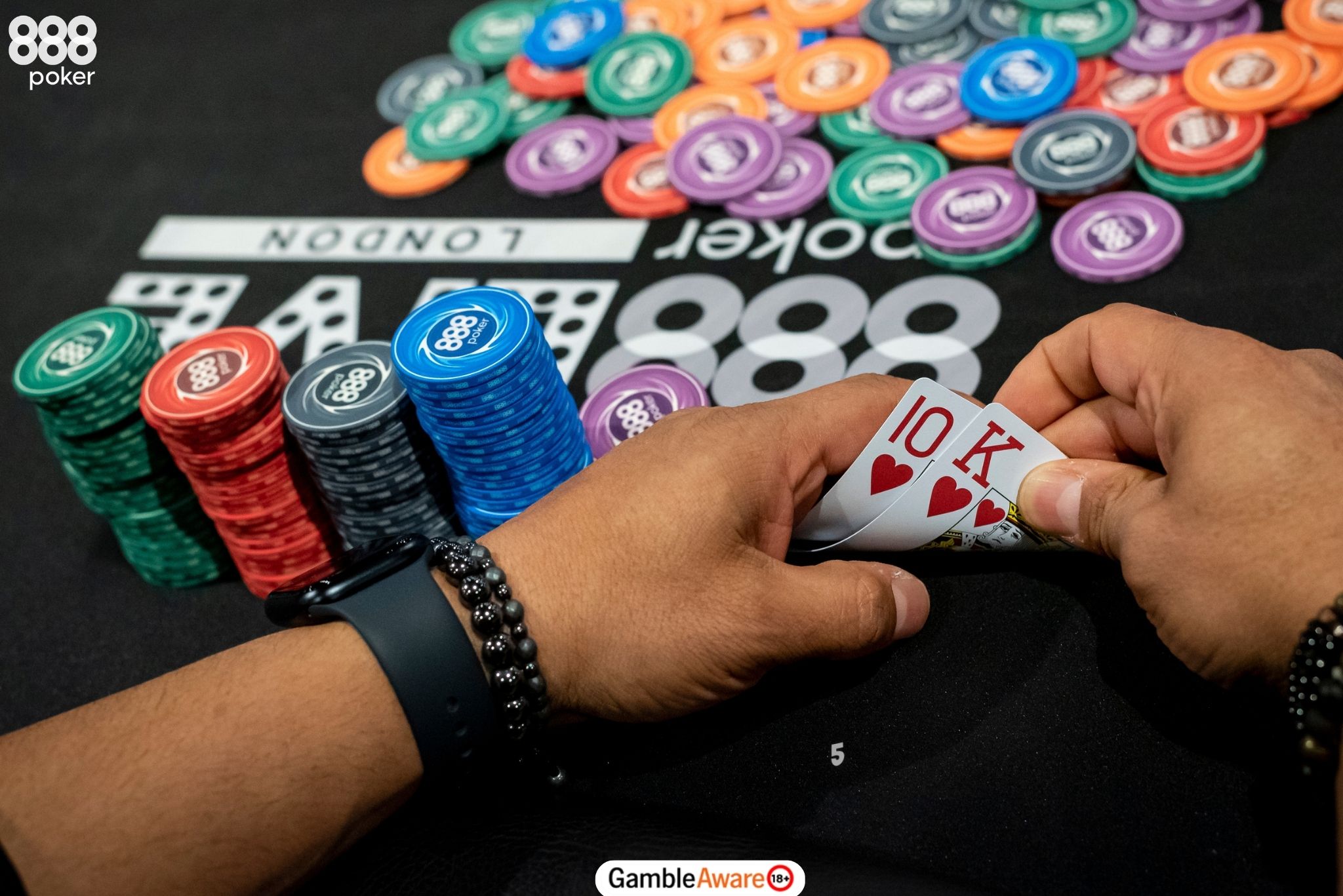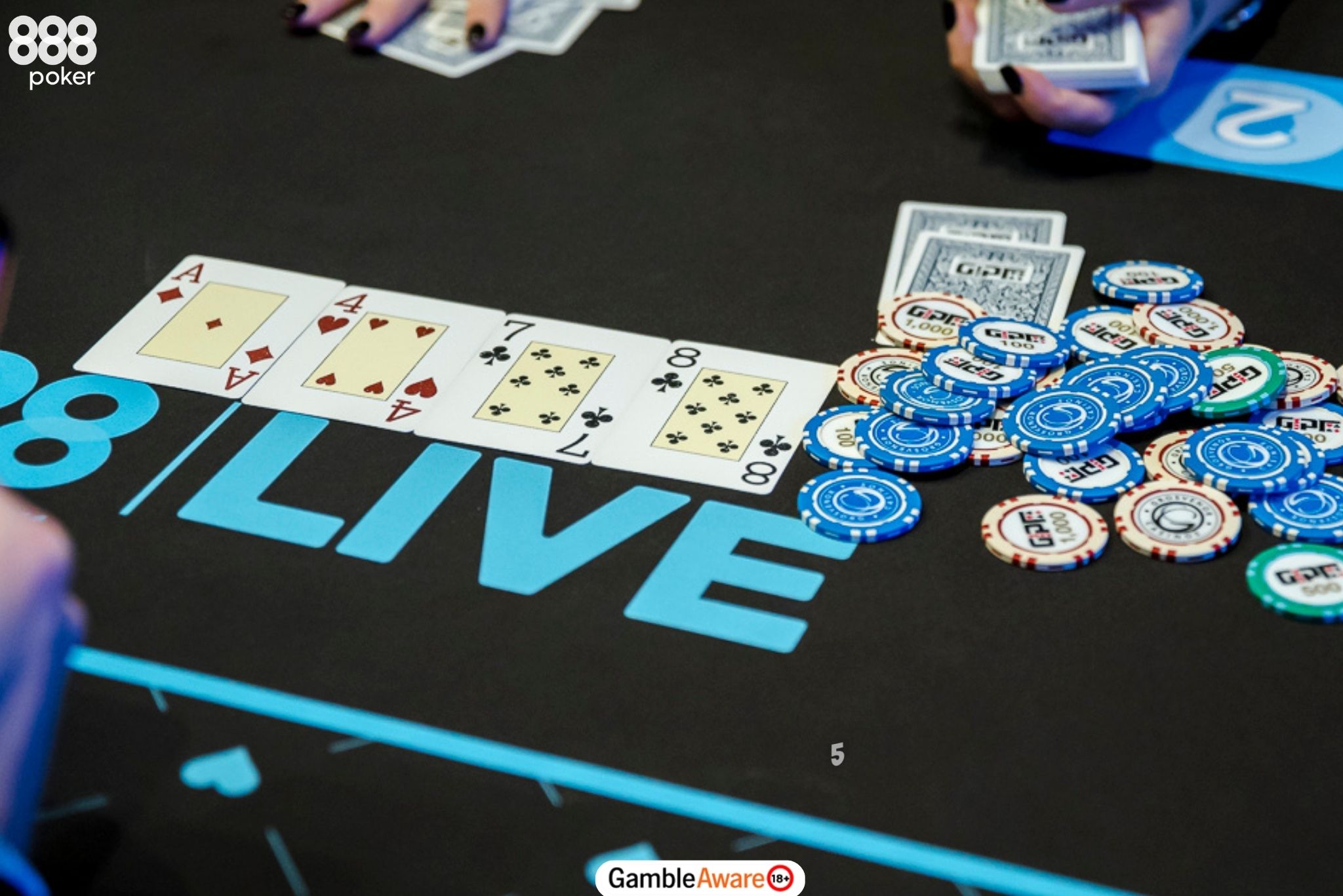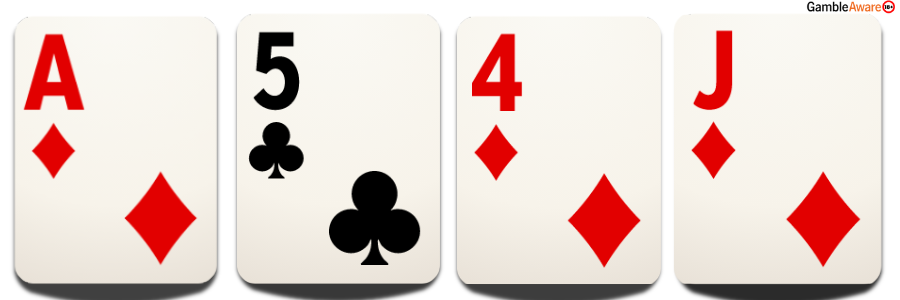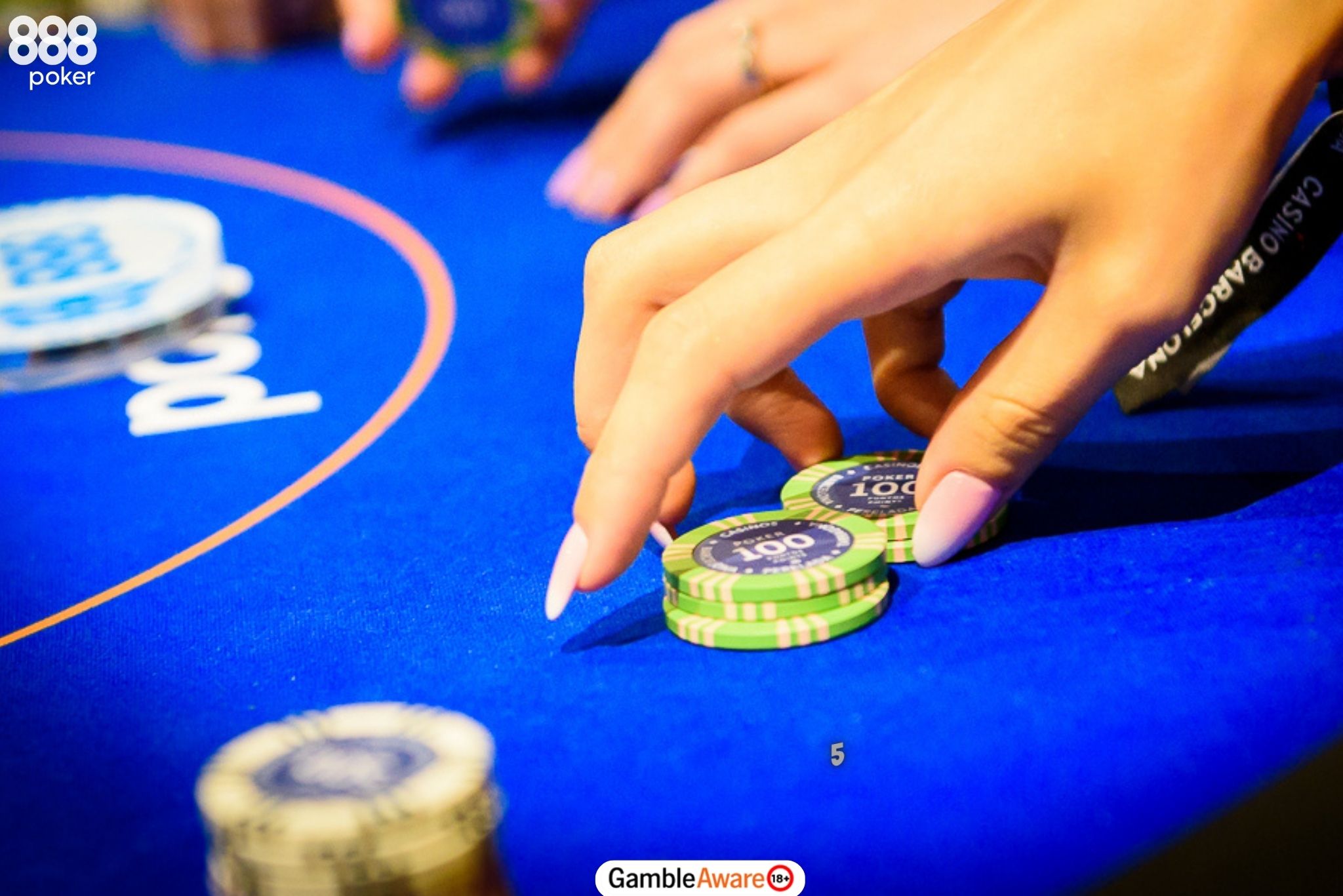Updated on October 23, 2025
There are so many variables to the game of poker (hole cards, board textures, stack sizes, table positions, etc.
For this reason, each hand is a unique situation in itself.
In this article, we will itemise 14 situations where you can use bluffing to your advantage as a beginner player.
The following is a miscellaneous list of bluffing tips for beginners. It aims to broaden your thought patterns and decision-making process when executing a poker bluff.
1. Know That Small Bluffs Count
Don't be under the illusion that all bluffs must be grandiose, multi-street, barrelling contests. Even a cbet less than ½ the size of the pot can be an effective bluff.
- Smaller 3bets when in position preflop allow you to make smaller cbets post-flop, reducing your risk when bluffing.
- While larger-sized bets usually increase your amount of fold equity, not every situation requires a large bluff bet.
Betting small as a bluff on earlier streets can help you gain information and more fold equity for later streets, if you choose to put in a bigger bet.
2. Balance Your Ranges and Plays
It's crucial to balance your poker hand ranges and bets to keep your opponents guessing as to what your range is (nuts, value, marginal, or bluff) at all times.
You shouldn't play your value hands the same way every time, nor should you bluff the same way every time, either.
Doing this makes you a much more dangerous opponent to play against, as you're much less predictable.
3. Stay Calm and Bluff Objectively
It's crucial to make sure you're choosing the right person to bluff and for the right reasons. Take a breath before firing any big bluff and ensure you're thinking clearly.
- Don't let a tinge of tilt creep in and cloud your judgment.
- Don't fall into the trap of bluffing three streets and then overcommitting when the turn and river are bad for your range and/or good ones for your opponents.
4. Notice Your Polarised Ranges
A polarised hand range involves both the top and bottom of your range and nothing in between. For example, if you overbet $200 into a pot of $100 on the river, this bet is polarised, meaning one of the following two things:
- You either have a powerful poker hand
- Or absolutely nothing (i.e. you know your opponent's beating you)
Making a bet that polarises your range can be very effective when you know your opponent couldn't risk calling with a marginal holding.

5. Look for Signs of Weakness
If you can conclude that your opponent has a weak or marginal holding, and you can credibly represent a strong hand, you can effectively bluff to apply pressure. Signs of weakness may include physical poker tells, bet-timing tells, verbal tells, or bet-sizing tells.
6. Know Which Cards Help Your Bluff
Make bluffs only on cards that are good for your range and bad for your opponents. That makes your bluff more believable AND makes it less likely for them to call.
- Let's say the button opens, the big blind calls, and the flop is 762.
- It goes check, bet, call, and the turn is the 4.
This card is much better for the big blind than the initial raiser. It's very unlikely for the initial raiser to have 85 or 35, but not unlikely for the big blind.
Therefore, the big blind may choose to lead into the preflop raiser both with made hands and bluffs.
7. Know Which Cards Hurt Your Bluff
While it's essential to bluff on cards that could have hit your range, you also need to know which cards would improve your opponent's hand.
Don't bluff when they might have more reason to call:
- In the same scenario as tip 6, if the turn is an Ace instead of a 4, this card is typically better for the initial raiser.
- It's less likely to hit us in the big blind. We shouldn't bluff into it.
If the button hasn't hit that Ace, they should still bluff because, as the preflop raiser, it'll look believable.

8. Consider Your Relative Hand Strength
Before you pull the trigger, take a moment to consider your relative hand strength and showdown value.
- If your hand is stronger than the range of hands you think your opponent will call, then you are value betting.
- If your opponent is only going to call with better hands, then you're bluffing.
Let's say you have A♠️T♠️ on a board 3♥️7♥️8♠️2♣️2♣️.
- Your opponent checks after defending their BB preflop and check-calling flop and turn bets.
- Your AT has solid showdown value against draws and other high-card hands.
- Checking enables you to realise all this equity.
So, while your opponent may fold to a bluff, bluffing here doesn’t achieve anything other than increasing your risk.
Generally, it's better to bluff with hands that can't win at showdown.
9. Have Some Equity or Use Blockers
If you're bluffing all-in on the flop or turn, it's usually best to have some equity (a chance of improving to beat your opponent's likely holdings). A nut blocker is a card in your hand that makes it less likely that your opponent has the nuts.

If the board reads A♦️5♣️4♦️J♦️ and we have the K♦️ in our hand, we should try bluffing.
- We have the K♦️, so our opponent cannot have the nut flush
- AND we have a chance of making the nuts by the river
They also have less of a chance of having KQ because again, we have one of the Kings blocking that combination.
It's harder for them to call when we block the nuts.
10. Make Semi-Bluffs When Necessary
This bluffing tip is one of the most valuable for beginners, so pay attention. Put simply, a semi-bluff is betting when your hand doesn't have much current value but has the poker probability of improving.
(A common semi-bluff is betting with a flush draw, or simply cbetting with two overcards.) If you can, mix semi-bluffs into your game, along with your bluffs and value bets.
11. Choose the Correct Sizing
Once you've decided to bluff, it's time to consider sizing. While it's true that your opponent is likely to fold to bigger bets more often, the key is finding a balance.
- Betting 2x pot is prone to getting you more folds than betting half-pot
- But it needs to work four times as often to be as profitable.
When bluffing, you're going to lose when you're called. Therefore, it's essential to ensure that you're taking the minimum risk necessary to achieve your goal.
You can be flexible with your sizing, but it needs to be believable and effective.

12. Tell a Believable Story
A bluff is best when it makes logical sense. Don't change your mind halfway through a hand and try to represent something you can't have. If you wouldn't play the nuts the way you've played your bluff, your opponents will sniff you out.
Also, if you never bluff in situations where you miss the flop, your opponents will rarely pay you off!
Make sure you know which good hand you're representing and that you're playing your bluff the same way!
13. It's Okay to Lose with Bluffs
When learning how to play poker, don't worry about all your bluffs being successful or not! If our bluffs generate enough folds, then they will be profitable over the long term.
14. Improve Your Hand-Reading Abilities
To be good at poker, it's critical to improve your hand-reading abilities. Take all the information you have available to you (from player tendencies to player statistics to betting tells and more) to create an opponent’s hand range in a specific spot.
The more accurate the guess of your opponent’s range, the better you can counteract their play and determine whether to bluff or value bet against them.
With these increased abilities and higher mental processes, you can consider what you think your opponent thinks you have, which will bring your game to a higher level.
